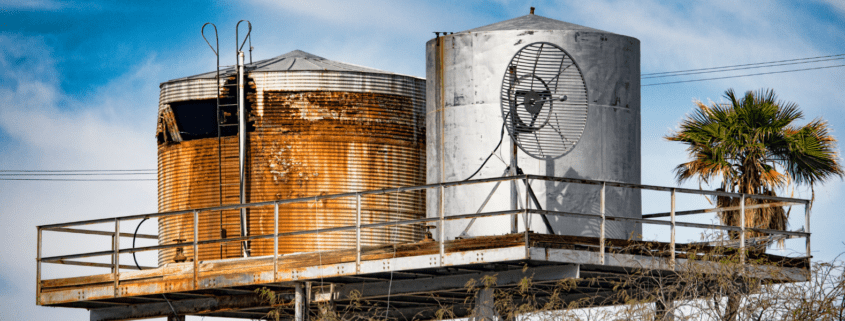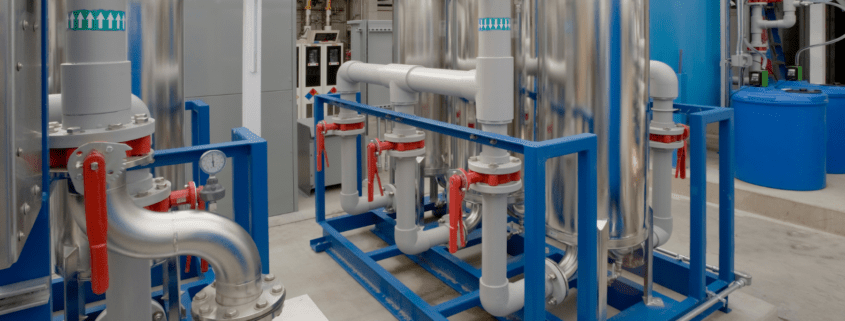Where Can I Find a Safe Paint Remover?
Finding a safe paint remover on the market, whether industrial or commercial, can be surprisingly difficult. Many traditional paint removers contain highly toxic chemicals that do not only have the potential to harm human health but also environmental health.
Luckily, there are several safer, and more eco-friendly options becoming available.
In this blog post, we’ll discuss the risks associated with exposure to the harmful chemicals in traditional paint and varnish removers, and where you can find a safer paint remover product for your company’s industrial needs.
Dangers of Traditional Paint Removers
Many traditional paint removers are highly toxic. This is mostly because of the fact that most paint removers contain harmful chemicals as active ingredients, such as dichloromethane.
Dichloromethane, also known as methylene chloride, is easily the most common active ingredient in these products. This chemical is a volatile halogenated solvent that possesses serious health and environmental risks, such as:
- Air pollutant that contributes to ozone depletion
- Maybe a carcinogen, as high levels of exposure can cause liver and lung cancer
- Neurotoxin can potentially damage the brain and central nervous system
- Can cause severe eye irritation
- Can cause respiratory irritation, coughing, and wheezing
- Is readily absorbed through the skin
Dichloromethane use harms the environment and puts industrial workers at serious risk for various health issues.
Though effective and still widely used in the U.S., the chemical is banned in many countries, in the EU, and by the EEA trading members. Many companies are beginning to search for safer options that are eco-friendly and ensure a safer work environment.
Luckily, new products are now available that not only effectively replace hazardous paint removers, but pose significantly fewer health and environmental risks.
What Is an Example of a Safe Paint Stripper?
There are a few environmentally conscious options available to those searching for a safe paint remover.
Some examples are acetone or methyl soyate-based removers, which are significantly less toxic than traditional removers. An ideal option for those searching for a safe industrial paint removing the solvent is also Safe Strip.
What Makes Safe Strip Safe?
Safe Strip is an environmentally conscious paint and resin solvent that effectively replaces hazardous solvents like dichloromethane and benzene.
The solvent possesses many beneficial characteristics:
- Biodegradable
- Non-flammable
- Recyclable
- No ozone-depleting substances
- Low VOC emissions
- Removes coatings in only one step
- Strong performance, comparable to dichloromethane
- Significantly lower Inhalation Hazard Index than MEK and dichloromethane
- Effective on all coatings, even epoxy and polyurethane resins
- May be used in an immersion tank, gun cleaning tank, or as a brush-on, rinse-off solvent
Looking to Buy Safer Paint Removers for Industrial Use?
Companies no longer have to choose between the quality of paint removers and the safety of their workers. If you are looking to purchase Safe Strip for your industrial or business needs, reach out to the Ecolink staff here today!





